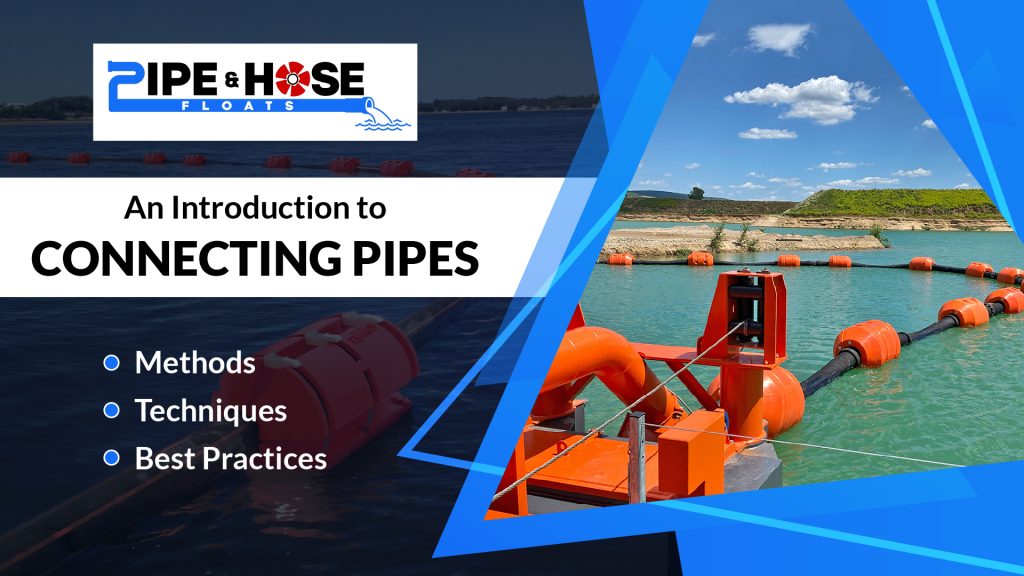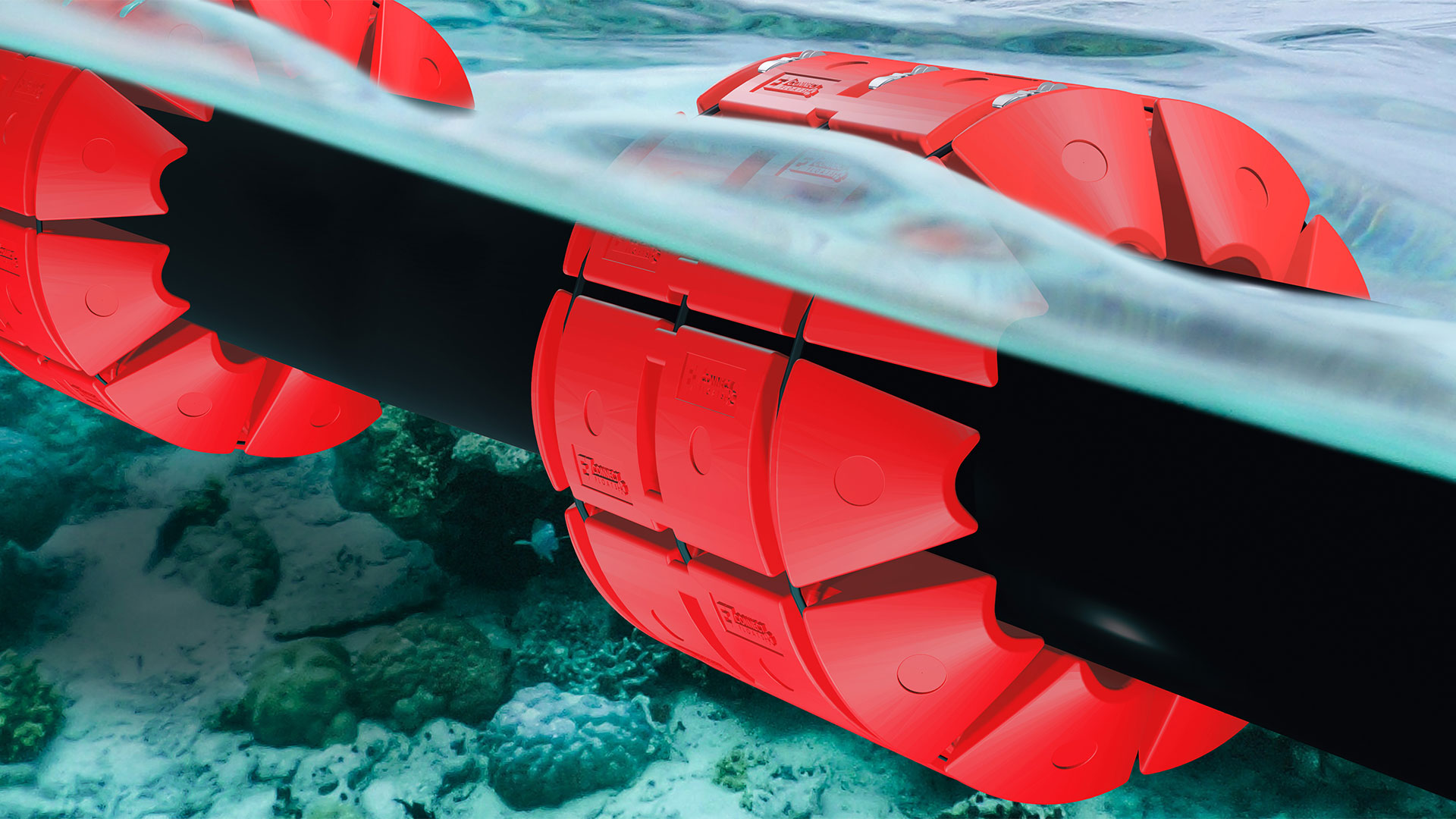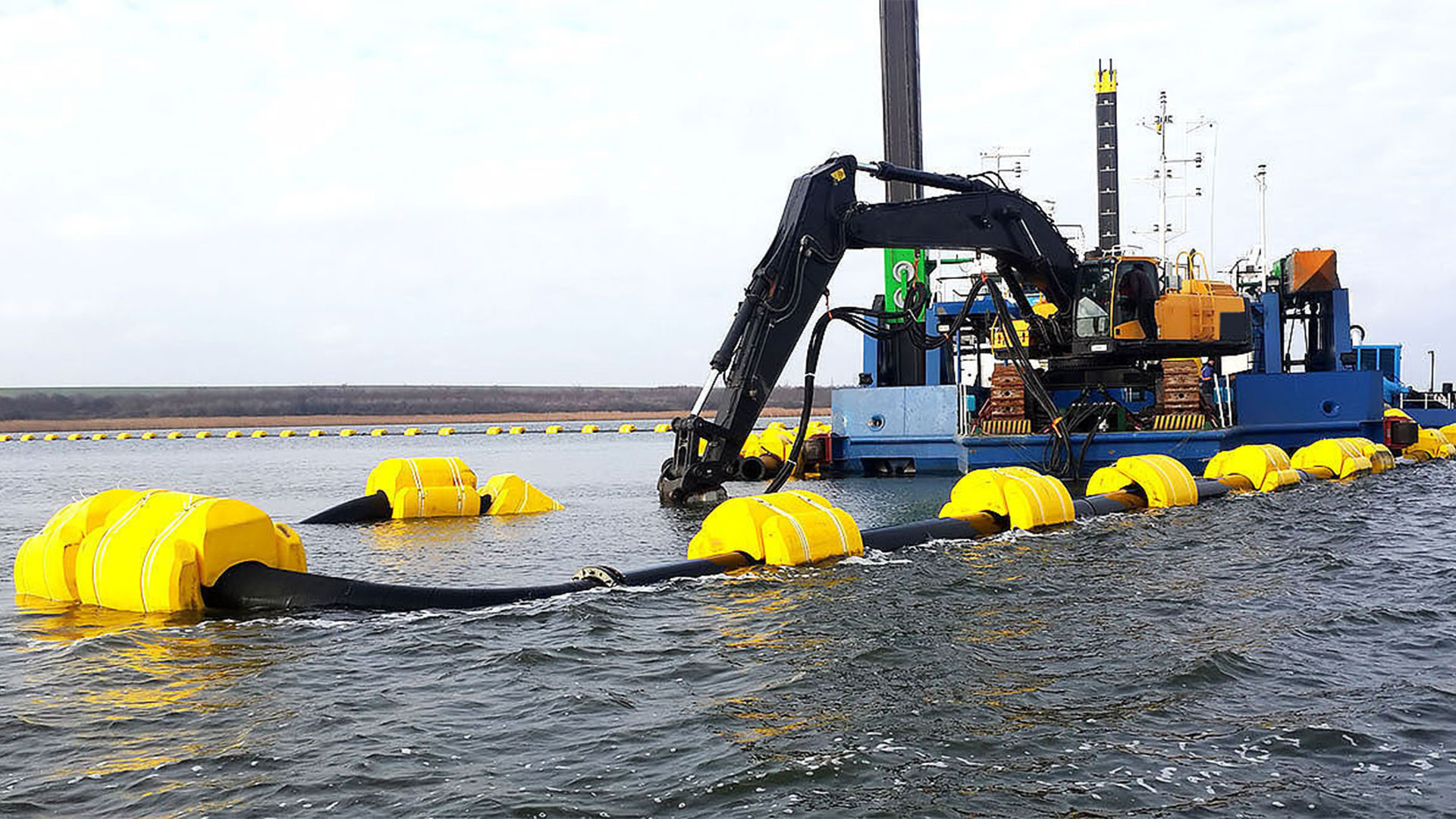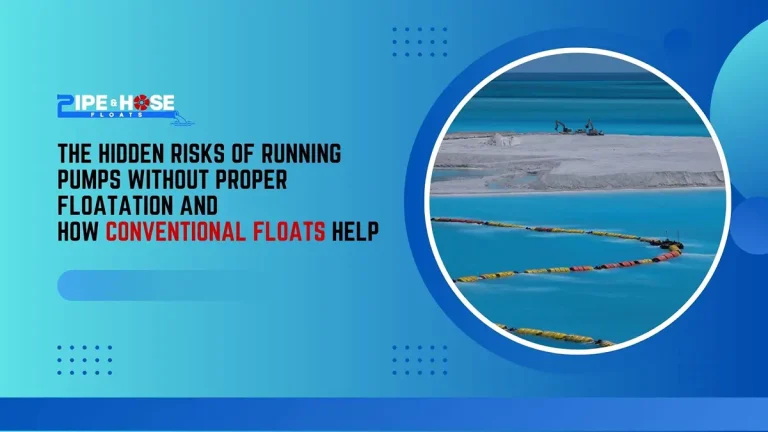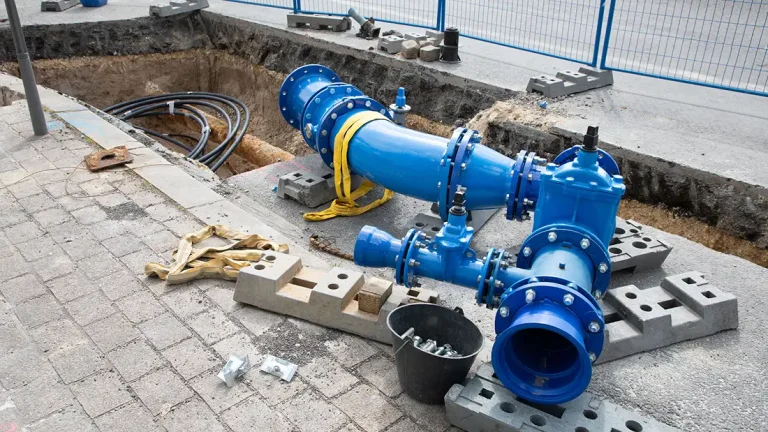Connecting pipes is a fundamental skill in plumbing and construction, essential for the efficient transport of liquids and gases. Whether you’re a DIY enthusiast or a professional plumber, grasping the various methods and techniques for pipe connections is vital. This guide will delve into the different types of connections, including threaded, soldered, and push-fit, as well as the materials and tools required for each method. We will also cover best practices to ensure reliable and durable installations. Understanding these elements not only enhances your plumbing capabilities but also helps prevent issues such as leaks and corrosion, contributing to the overall efficiency and safety of your systems. With the right knowledge and skills, you can confidently tackle any pipe connection project, ensuring effective and long-lasting results.
The Basics of Pipe Connections
What are Pipe Connections?
Pipe connections, or connecting pipes, refer to the methods used to join different sections of piping. These connections are vital in various applications, including residential plumbing, industrial systems, and irrigation networks. Properly connecting pipes not only ensures a seamless flow of fluids but also helps prevent leaks and other costly damages. By understanding the various methods and techniques for connecting pipes, you can enhance the efficiency and reliability of your plumbing systems, whether in a home or a larger industrial setting.
Types of Pipes
There are several types of pipes used in plumbing, each with unique characteristics:
- PVC (Polyvinyl Chloride): Commonly used for drain, waste, and vent systems. Lightweight and easy to work with but not suitable for hot water.
- Copper: Durable and corrosion-resistant, making it ideal for water supply lines. However, it requires soldering or special fittings for connections.
- Galvanized Steel: Coated with zinc to prevent rusting, often used in older homes. It can rust over time, especially when connecting to other metals.
- PEX (Cross-Linked Polyethylene): Flexible and easy to install, commonly used in residential plumbing. It uses specialized fittings for connections.
Understanding these types of pipes will help you select the appropriate method for your connection needs.
Methods of Connecting Pipes
1. Threaded Connections
Threaded connections involve male and female threads on the ends of pipes and fittings, allowing them to be screwed together. This method is widely used for metal pipes and offers a secure connection.
Pros:
- Strong and durable, suitable for high-pressure applications.
- Easy to disassemble and repair.
Cons:
- It can be prone to leaks if not properly sealed.
- Requires precise alignment during installation.
2. Soldered Connections
Soldering is a popular method for connecting copper pipes. It involves melting a filler metal (solder) to join the pipes, creating a watertight seal.
Step-by-Step Process:
- Clean the ends of the pipes thoroughly.
- Apply flux to the joints to help the solder adhere.
- Heat the joint with a torch until the solder melts and flows into the connection.
- Allow the joint to cool before testing for leaks.
Pros:
- Creates a strong, permanent connection.
- Excellent for hot water applications.
Cons:
- Requires specialized tools and skills.
- Not suitable for all pipe materials.
3. Welded Connections
Welding is often used for industrial metal pipes. Methods like MIG (Metal Inert Gas) and TIG (Tungsten Inert Gas) welding provide strong, permanent bonds.
Pros:
- Extremely strong and suitable for high-pressure systems.
- Provides a seamless connection.
Cons:
- Requires extensive training and equipment.
- Not suitable for plastic pipes.
4. Compression Fittings
Compression fittings connect pipes by combining compression and sealing. This method is commonly used for both metal and plastic pipes.
Pros:
- Easy to install without specialized tools.
- Allows for disassembly and reassembly.
Cons:
- It can loosen over time.
- Not ideal for high-pressure applications.
5. Push-Fit Connections
Push-fit or push-to-connect fittings are increasingly popular due to their ease of use. Pipes are simply pushed into the fittings, creating a secure seal without additional tools.
Pros:
- Quick and simple installation.
- Compatible with various pipe materials.
Cons:
- It may not be suitable for high-pressure systems.
- Requires careful selection of compatible fittings.
Choosing the Right Materials
Material Compatibility
Selecting the appropriate materials for connecting pipes is crucial to ensuring longevity and preventing issues like corrosion. Using incompatible materials, especially when joining different types of metals, can lead to significant problems down the line. Ensuring compatibility helps maintain the integrity of the entire plumbing system and avoids costly repairs.
What Metal is Best to Connect Galvanized Pipes?
When connecting galvanized pipes, it’s essential to choose metals that won’t react negatively. Recommended options include:
- Copper: Provides a strong connection but requires care to prevent corrosion, especially at the joints.
- Brass: Often used for fittings due to its corrosion resistance and compatibility with galvanized pipes.
Avoid direct connections between dissimilar metals when connecting pipes, as this can lead to galvanic corrosion and deterioration of the piping system. By carefully selecting compatible materials, you can enhance the durability and efficiency of your plumbing connections.
Tools for Connecting Pipes
Essential Tools for Each Method
The tools you need depend on the method of connection:
- Threaded Connections: Pipe wrench, thread seal tape.
- Soldered Connections: Soldering torch, flux, solder, pipe cutter.
- Welded Connections: Welding machine, protective gear.
- Compression Fittings: Wrench for tightening.
- Push-Fit Connections: No special tools are required.
Safety Equipment
Safety should always be a priority when working with pipes. Essential safety gear includes:
- Safety goggles to protect your eyes from debris and splashes.
- Gloves to prevent cuts and burns.
- Respirators when working with fumes or soldering.
Best Practices for Connecting Pipes
Preparing Pipes for Connection
Proper preparation is key to ensuring reliable connections when connecting pipes. Start by cleaning the pipe ends to remove any debris or corrosion which can hinder the quality of the connection. Use a deburring tool to smooth sharp edges and prevent damage to fittings. Additionally, accurate measurements and cuts are vital for achieving a secure fit, helping to avoid future leaks and issues.
Testing Connections
After making connections, it’s important to test for leaks to ensure the integrity of the system. This can be done by pressurizing the system and checking for any drops in pressure. Using soapy water can also help identify leaks, as bubbles will form at any weak spots. Thorough testing is essential to confirm that your connections are watertight and reliable.
Regular Maintenance
Routine inspections and maintenance are crucial for preventing issues in your plumbing system. Regularly check for leaks and wear in the connected pipes, and address any problems promptly to ensure longevity. By staying proactive with maintenance, you can significantly extend the life of your plumbing system and enhance its overall efficiency.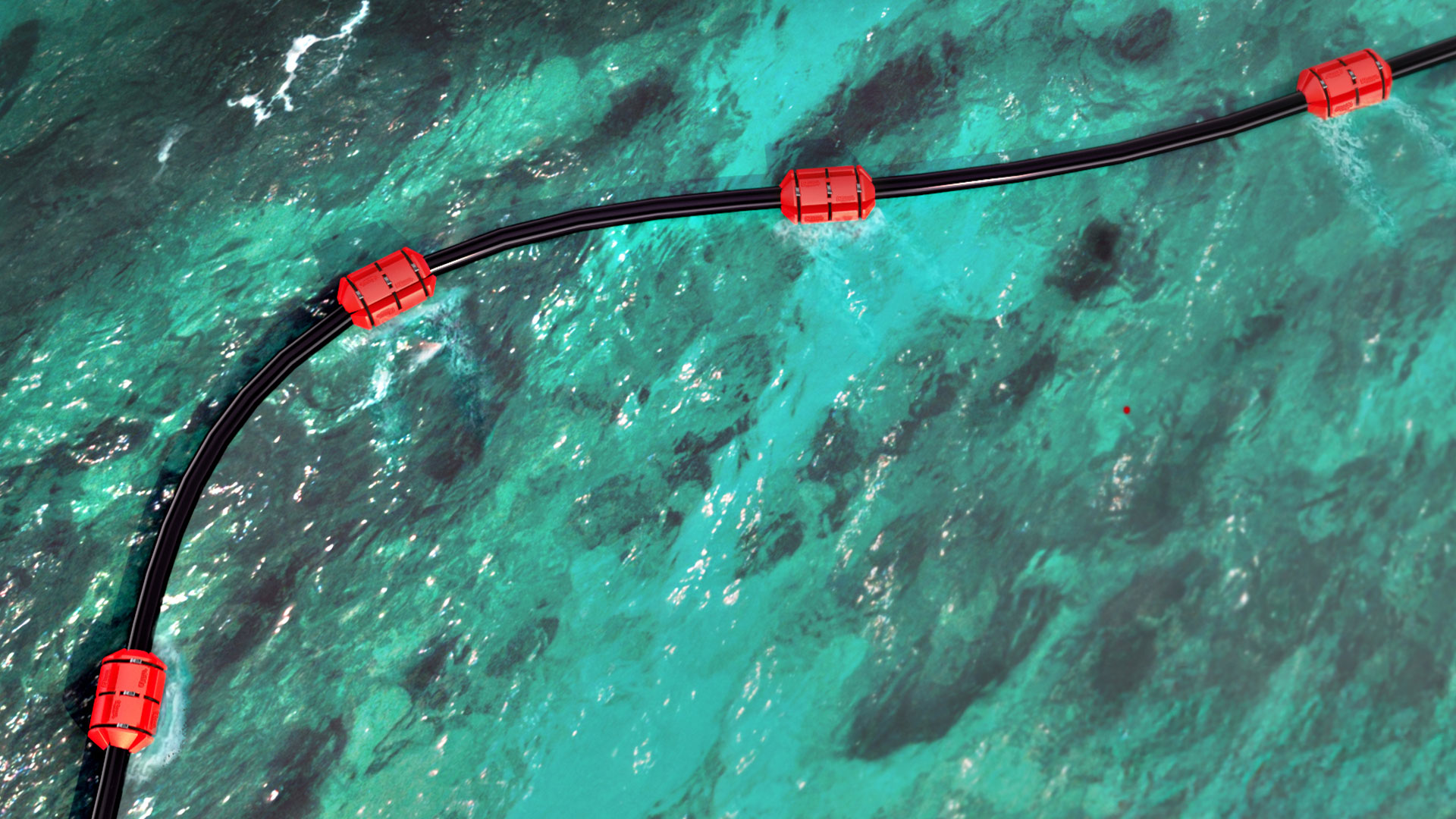
Connecting pipes is a fundamental skill that requires knowledge of various methods, techniques, and best practices. Whether you’re using threaded, soldered, or push-fit connections, employing the right strategies will ensure a reliable plumbing system. Choosing the correct materials, particularly when connecting galvanized pipes, is vital for avoiding future complications. With this guide, you’ll be well-equipped to tackle any pipe connection project with confidence, enhancing your skills and ensuring the effectiveness of your plumbing systems.

